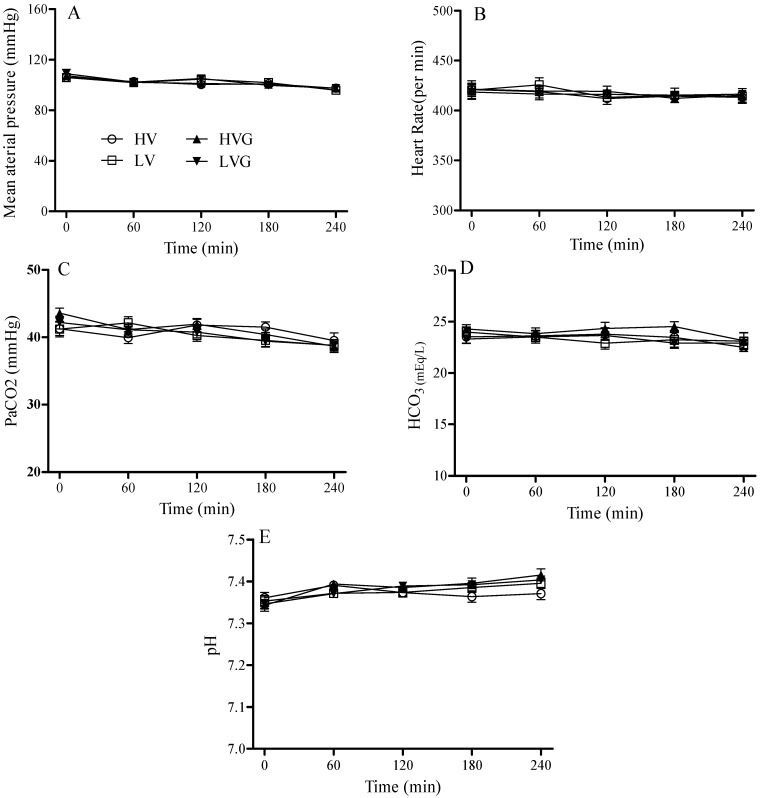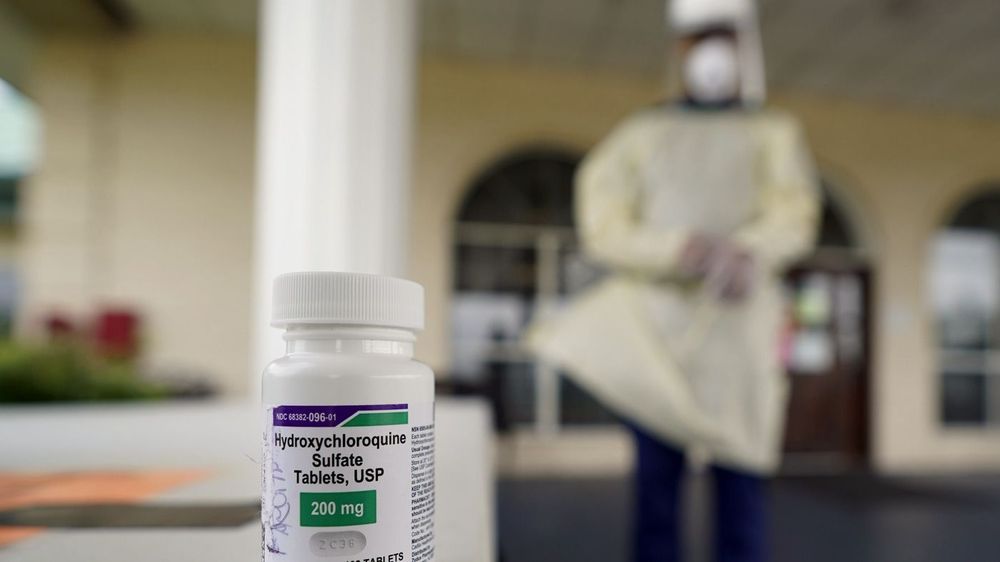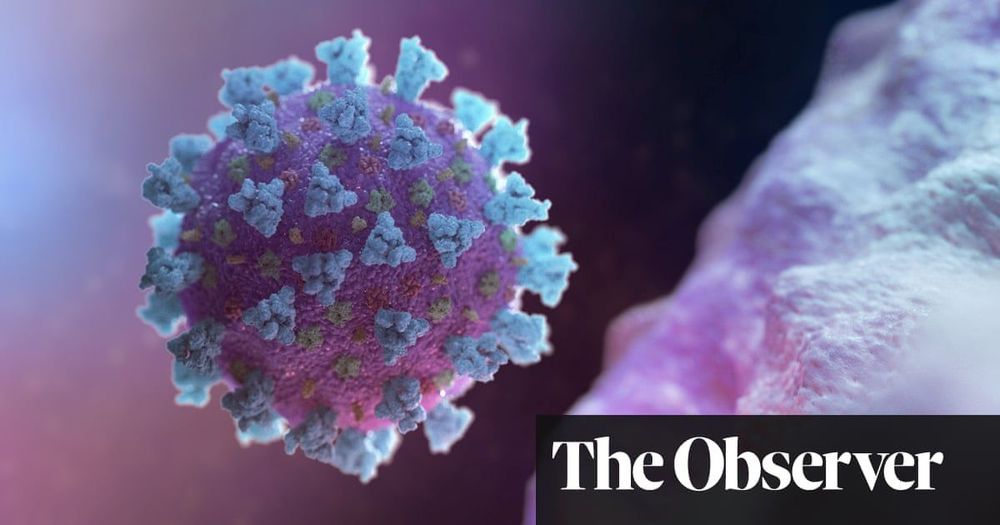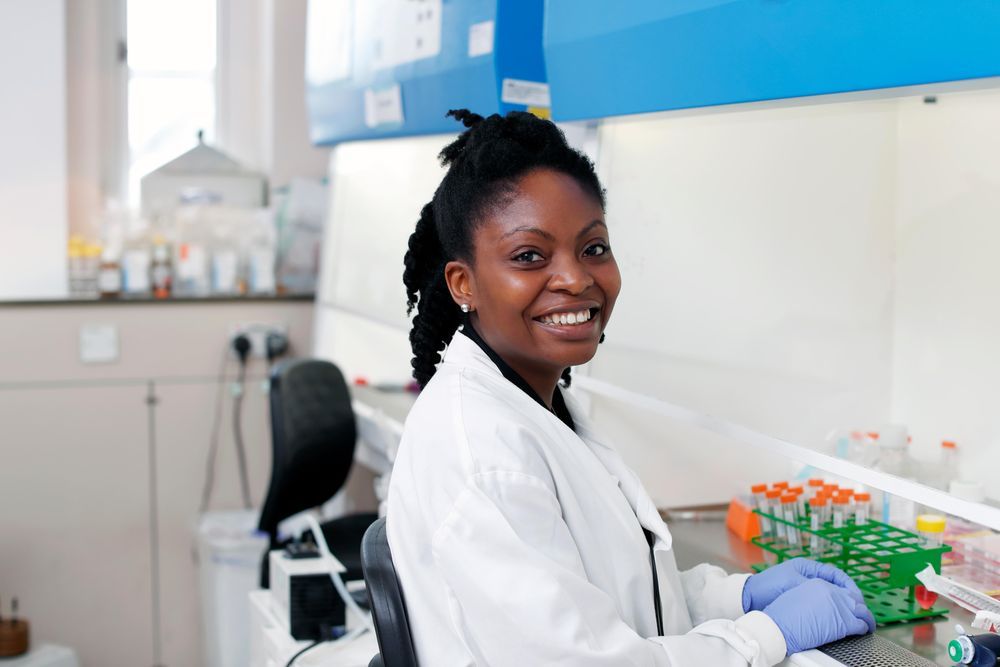Whooping cough has made an astonishing comeback, with 2012 seeing nearly 50,000 infections in the U.S. (the most since 1955), and a death rate in infants three times that of the rest of the population. The dramatic resurgence has puzzled public health officials, who have pointed to the waning effectiveness of the current vaccine and growing anti-vaccine sentiment as the most likely culprits.
But that might not be the whole story, suggests a new study published in BMC Medicine by Santa Fe Institute Omidyar Fellows Ben Althouse and Sam Scarpino. Their research points to a different, but related, source of the outbreak — vaccinated people who are infectious but who do not display the symptoms of whooping cough, suggesting that the number of people transmitting without symptoms may be many times greater than those transmitting with symptoms.
In the 1950s, highly successful vaccines based on inactivated pertussis cells (the bacteria that causes whooping cough) drove infection rates in the U.S. below one case per 100,000 people. But adverse side effects of those vaccines led to the development and introduction in the 1990s of acellular pertussis vaccines, which use just a handful of the bacteria’s proteins and bypass most of the side effects. (Currently given to children as part of the Tdap vaccine.)






